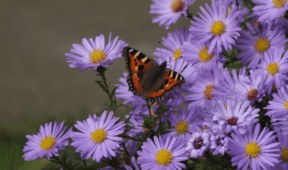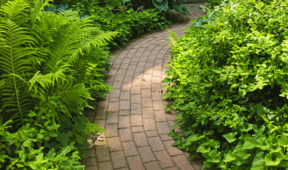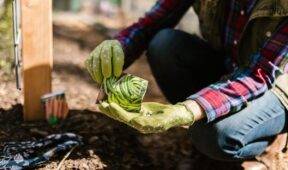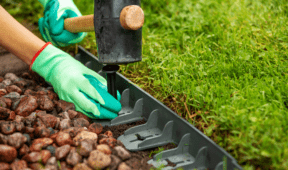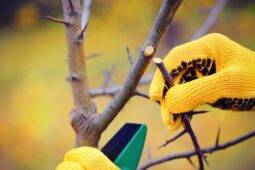Prune Your Trees This Way For Maximum Growth And Health
We all want strong, healthy trees in our yards that offer beauty, shade, and maybe even some fruit. But it turns out that how (and when) you prune your trees plays a huge role in how well they grow. When done wrong, pruning can actually stress or damage a tree. But when done right, it helps the tree thrive for years. If it’s been a while since you gave your trees some attention, here’s what you should know before picking up those clippers.
Start With the Right Tools
Pruning isn’t a job for kitchen scissors. You’ll need sharp, clean tools that match the size of the branches you’re trimming. Hand pruners work for smaller stems, loppers for medium branches, and a pruning saw for anything thicker than that. You also need to make sure your tools are sharp. Dull or rusty tools can crush instead of cut, making it harder for the tree to heal. Keeping your tools clean helps stop diseases from spreading between trees too, which is something many people overlook.
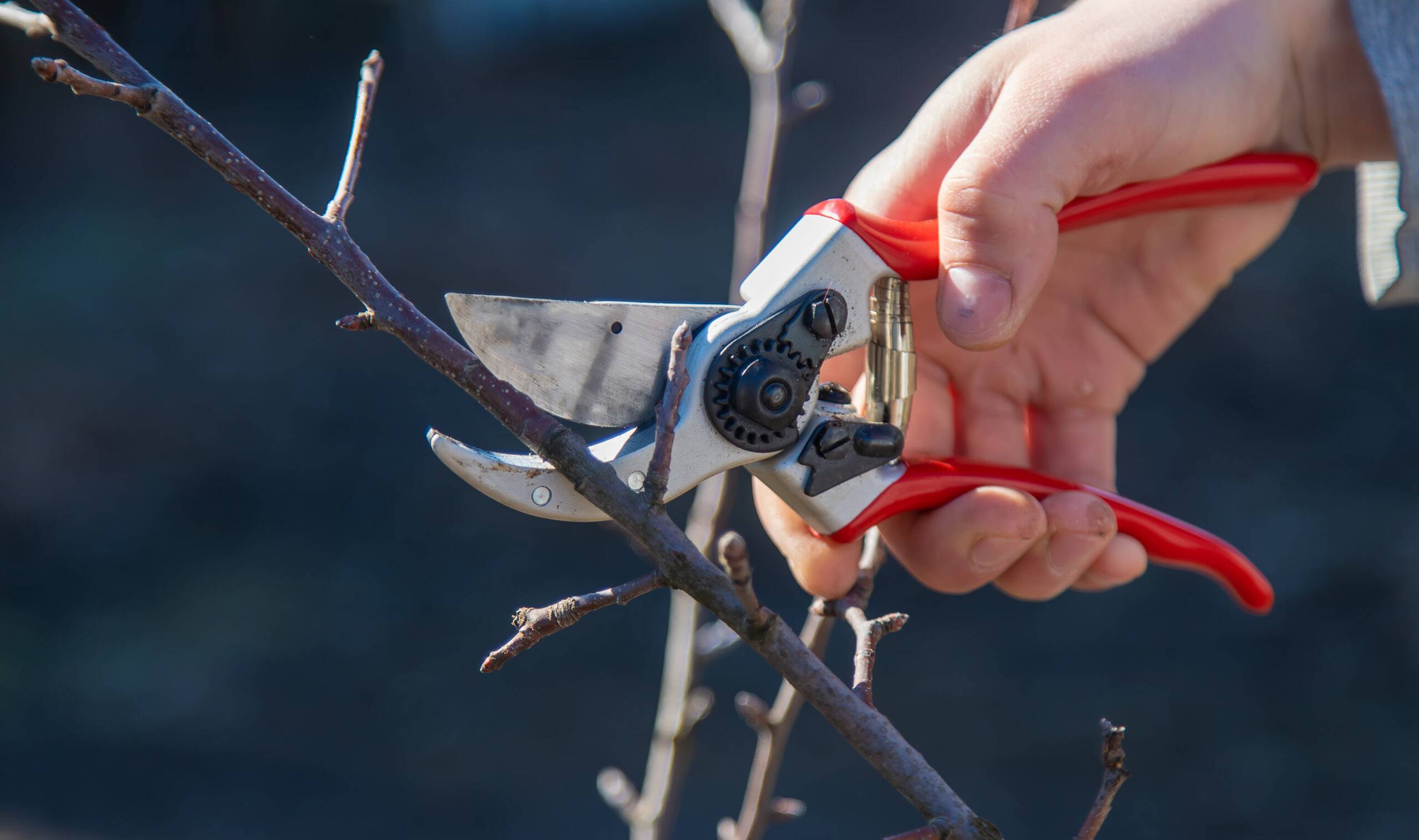
Time It Right
Not all seasons are equal when it comes to pruning. Most trees prefer to be pruned during late winter or late fall, while they’re still dormant. That way, they start spring already ready to put all their energy into fresh, healthy growth. If you prune too early or while trees are in full bloom, you can end up stressing the tree or making it vulnerable to pests. The exception? Dead or broken branches should come off anytime. They’re not helping the tree and could be a hazard to you and your home if a gust of wind blows them loose.
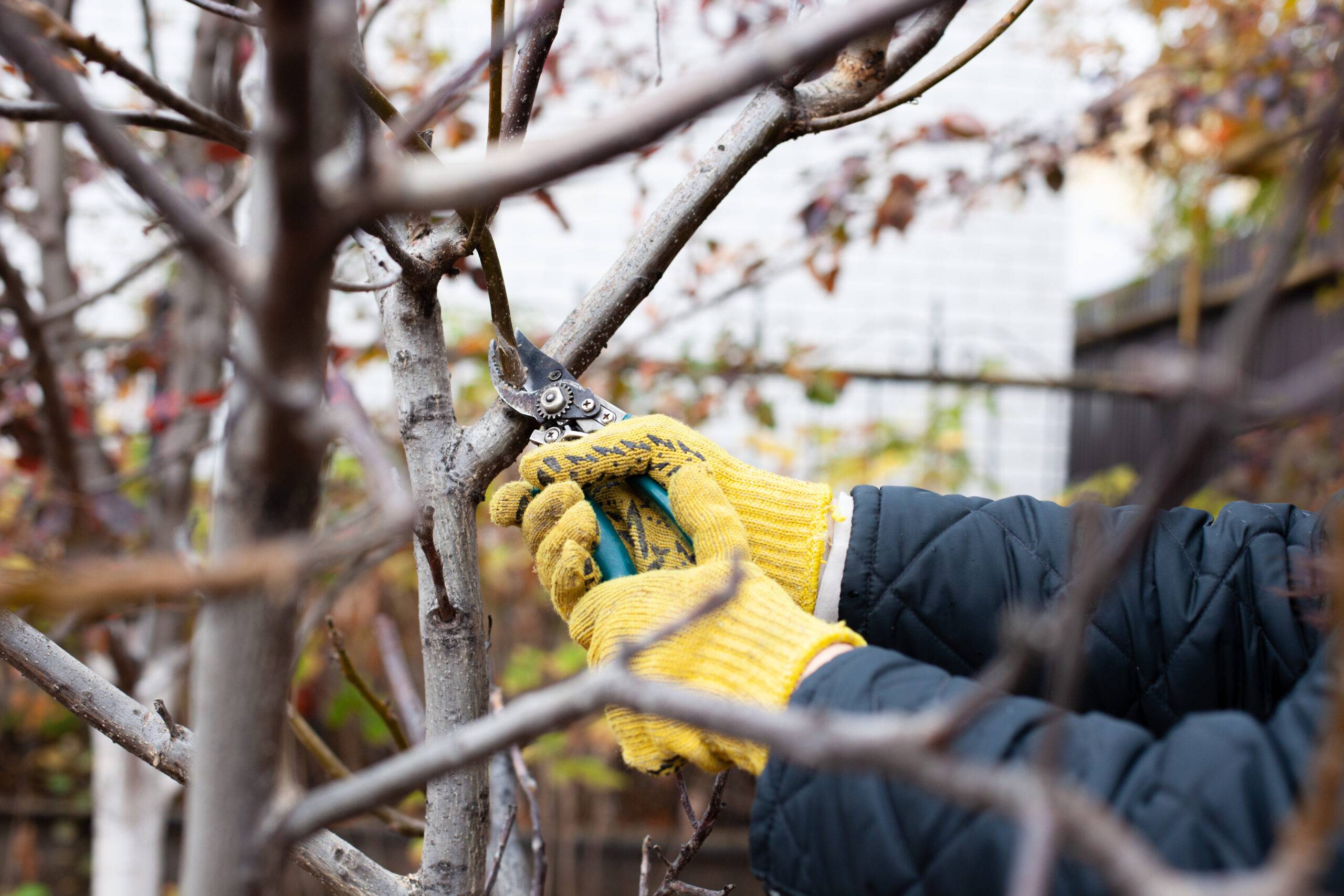
Don’t Top Your Trees
This one’s important. Topping a tree, which means cutting off the top branches in an attempt to control the height of a tree, is one of the worst things you can do. It weakens the tree, encourages bad growth, and opens the tree up to disease. Instead, focus on thinning branches or shaping your tree from the outside in. If your tree is too tall or unruly, it may be better to call in a certified arborist to safely trim it without causing any long-term damage.
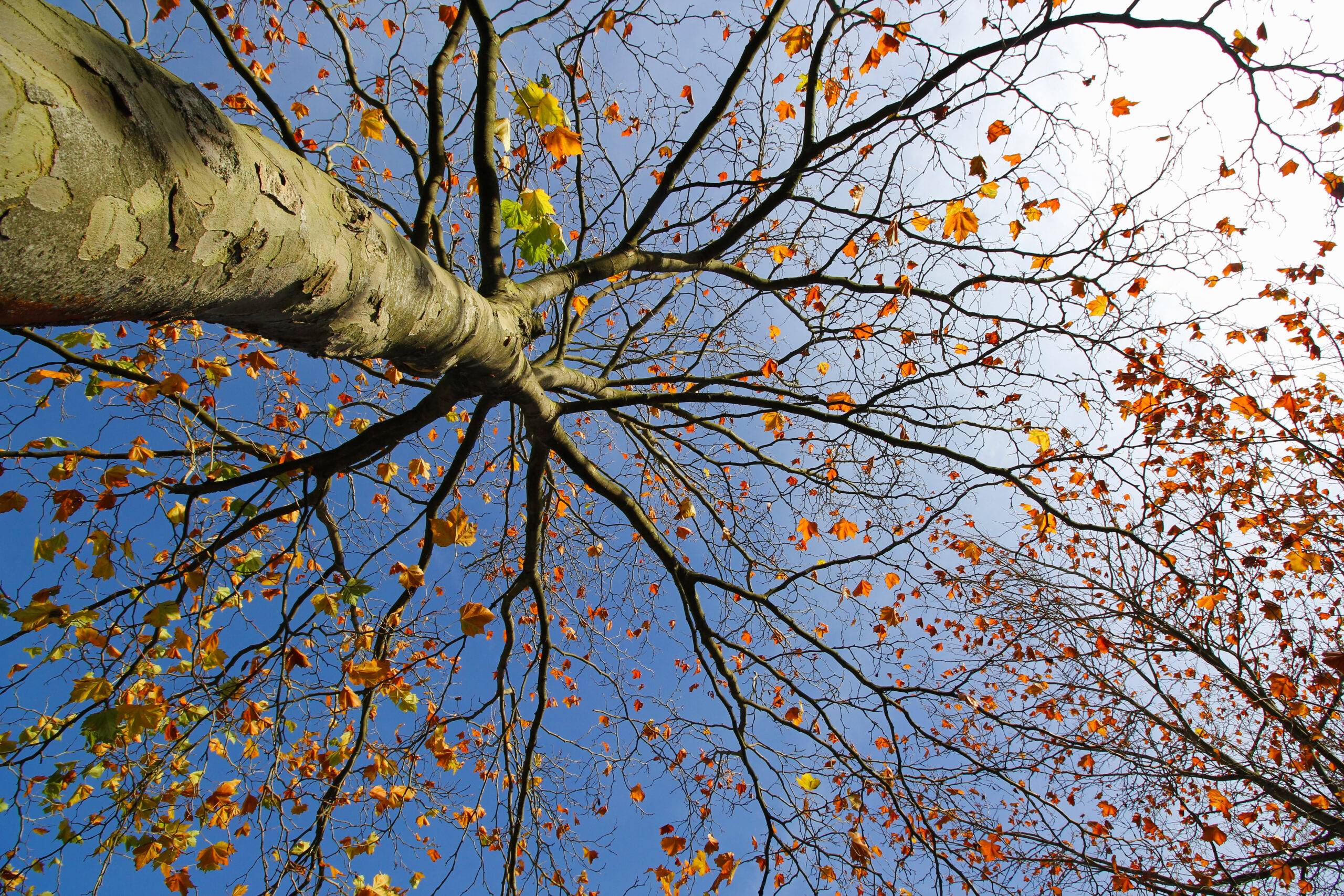
Cut at the Collar, Not the Trunk
When trimming a branch, always cut just outside the branch collar, which is the swollen area where the branch meets the trunk. That little bump is where the tree seals over cuts and heals itself. If you cut too close to the trunk, you damage the collar. But if you leave too much of the branch, it will decay and attract insects. A good, clean cut at the collar helps your tree bounce back quickly.
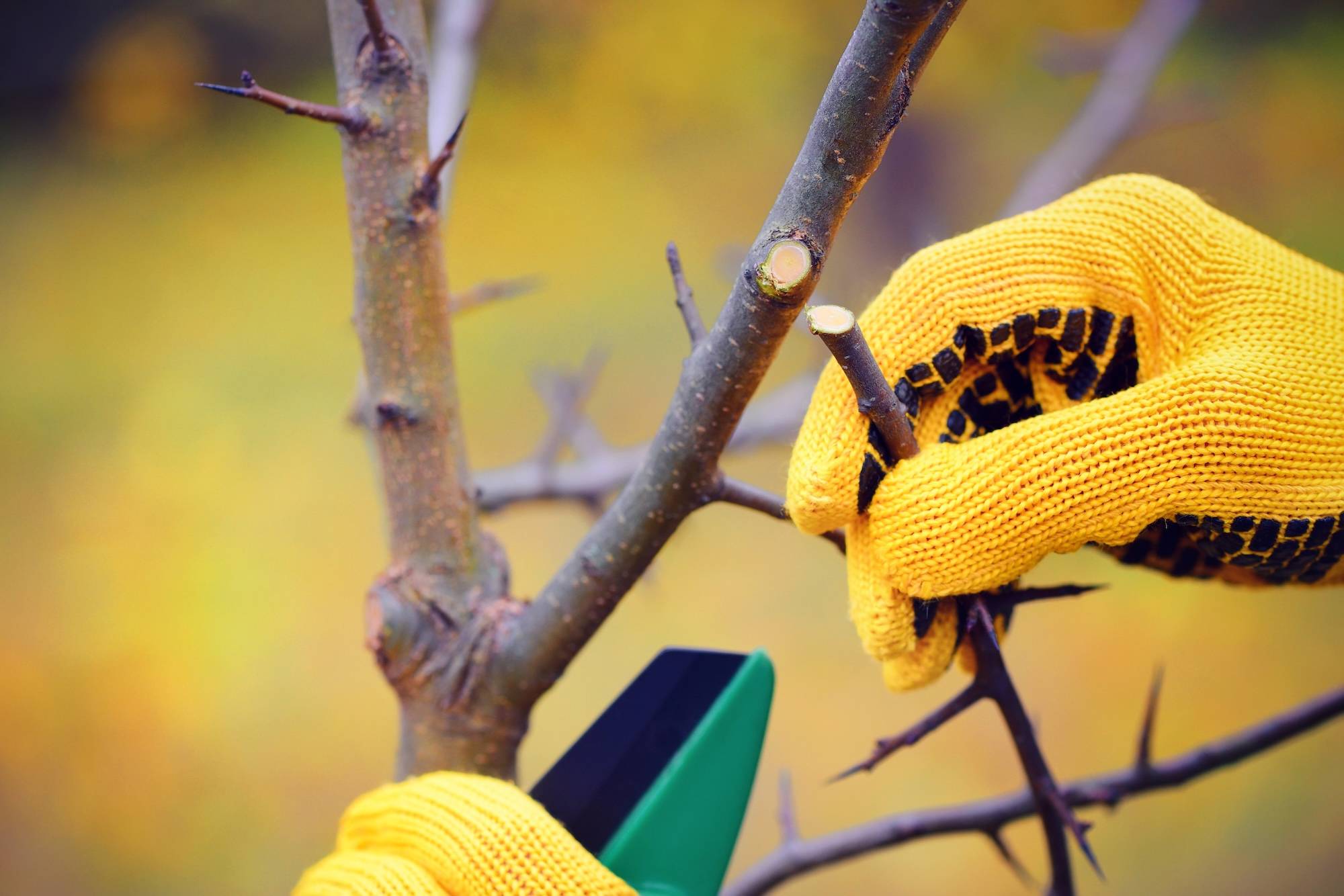
Remove the Right Stuff
It’s tempting to cut away everything until your tree is in the exact shape you want, but tree health should always come first. When pruning, focus on removing dead, diseased, or damaged branches first. Then look for branches that cross or rub together, since those can cause wounds to the tree over time. Suckers and water sprouts, those skinny shoots that pop up from the base or trunk, should go too. They drain energy from the tree without adding anything valuable. If you’re not sure, follow the rule that less is often more.
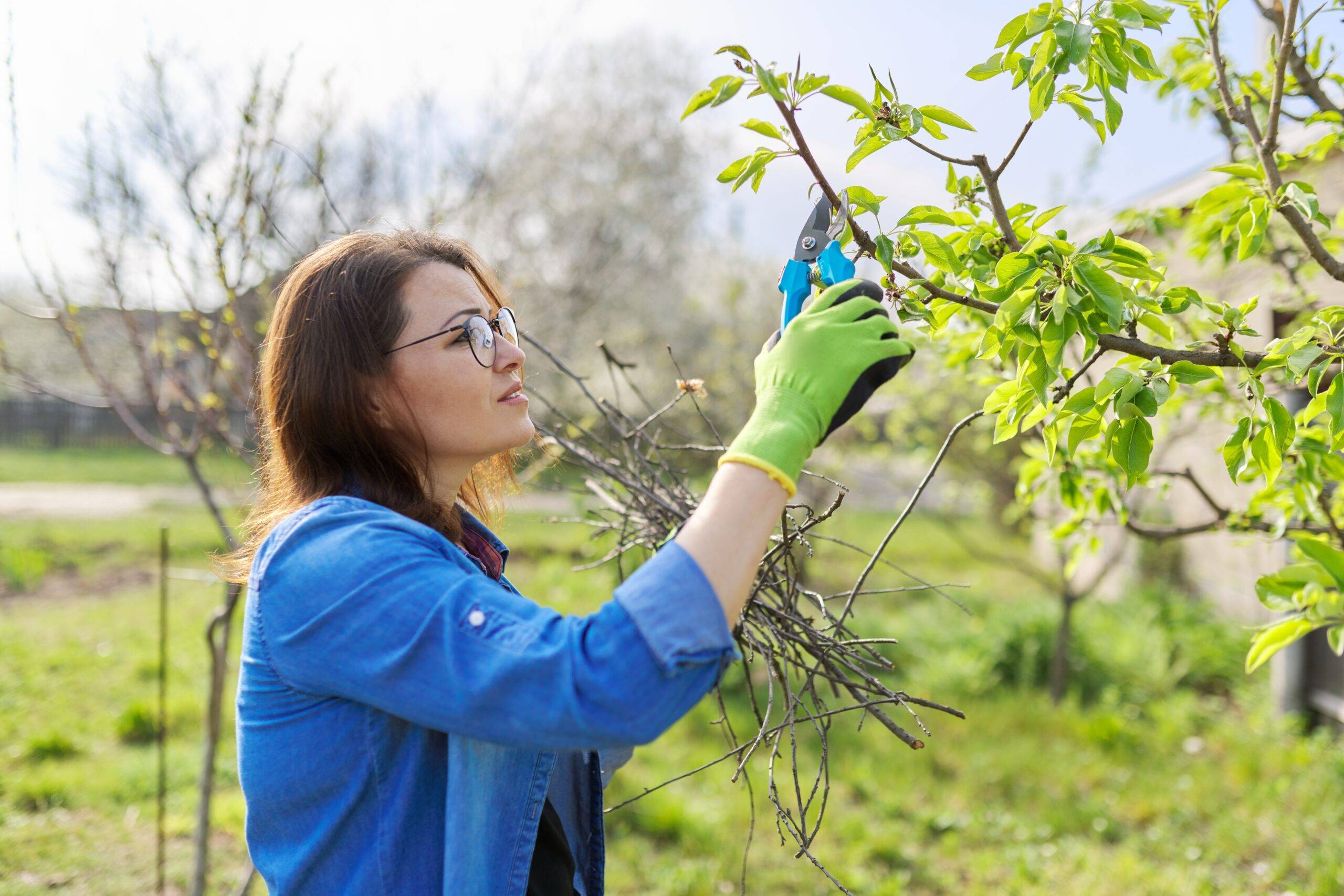
Thin, Don’t Strip
Thinning out the inside of a tree’s canopy is great, as it helps light and air reach inner branches. That keeps the tree healthier overall and reduces the risk of mildew and pests. But you don’t want to go overboard with the pruning and strip it bare. If the tree looks noticeably less full when you’re done, you probably took too much off. Step back and check your progress often as you prune your tree. You’re aiming for balance and better airflow, not a skeleton tree.
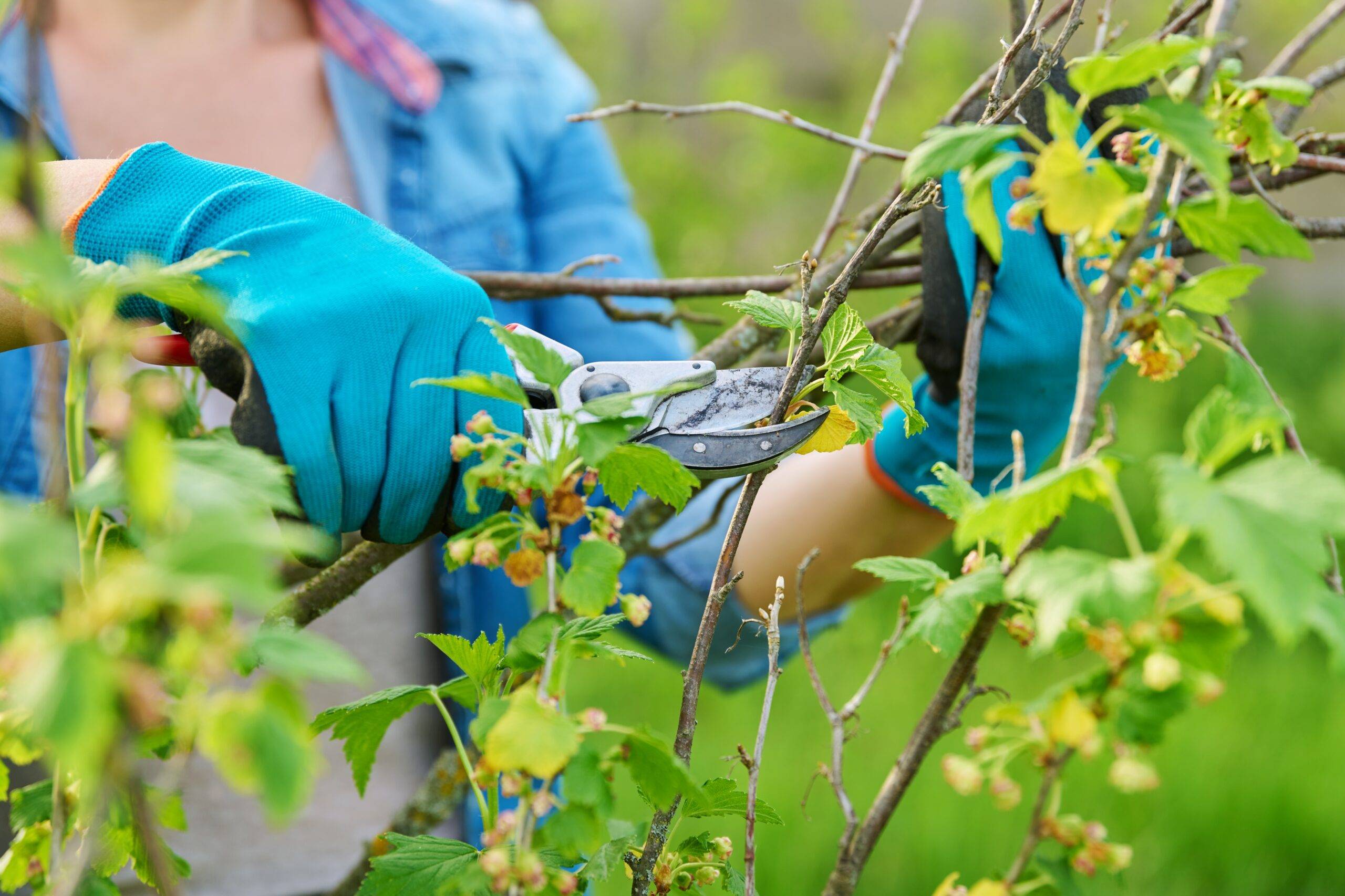
Watch for Signs of Stress
After pruning, keep an eye on your tree. Healthy trees bounce back with new growth, but if you see browning, wilting, or oozing sap, something’s not right. Sometimes pruning reveals issues with your tree that you didn’t notice before, like infestations or rot. Other times, the tree just needs a little extra watering or mulching to recover. The key is to pay attention. If something feels or looks off and you’re unsure what it is, a local tree expert can usually spot the problem and tell you how to fix it.
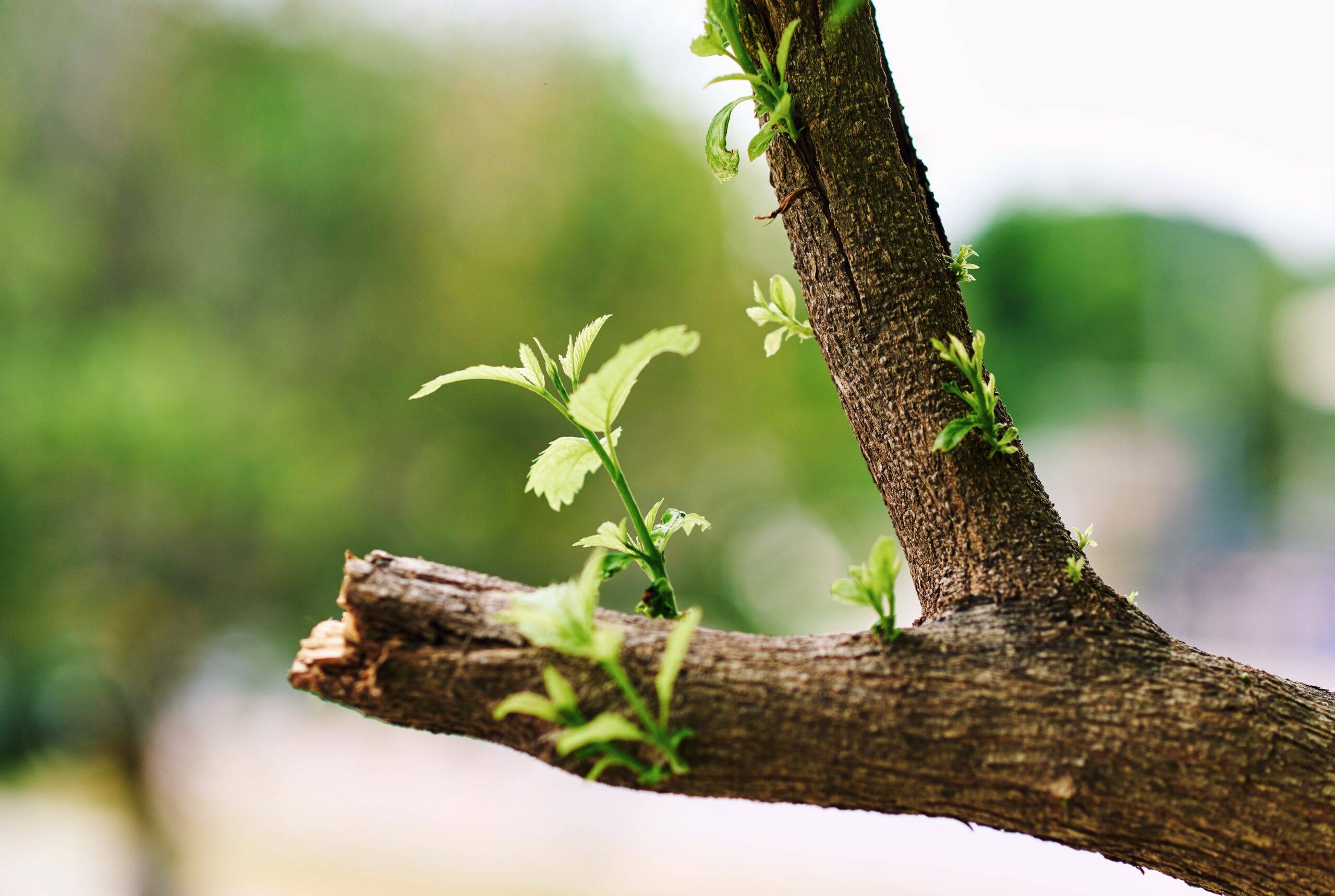
When to Call a Pro
Not every pruning job is DIY-friendly. If your tree is near power lines, your roof, or is just too tall to reach safely, it’s time to call in help. Arborists know how to trim without harming the tree or putting you at risk. It might feel like an extra expense, but it’s often cheaper than repairing roof damage or removing a dying tree down the line. Know your limits and your comfort level and don’t be afraid to ask for help.
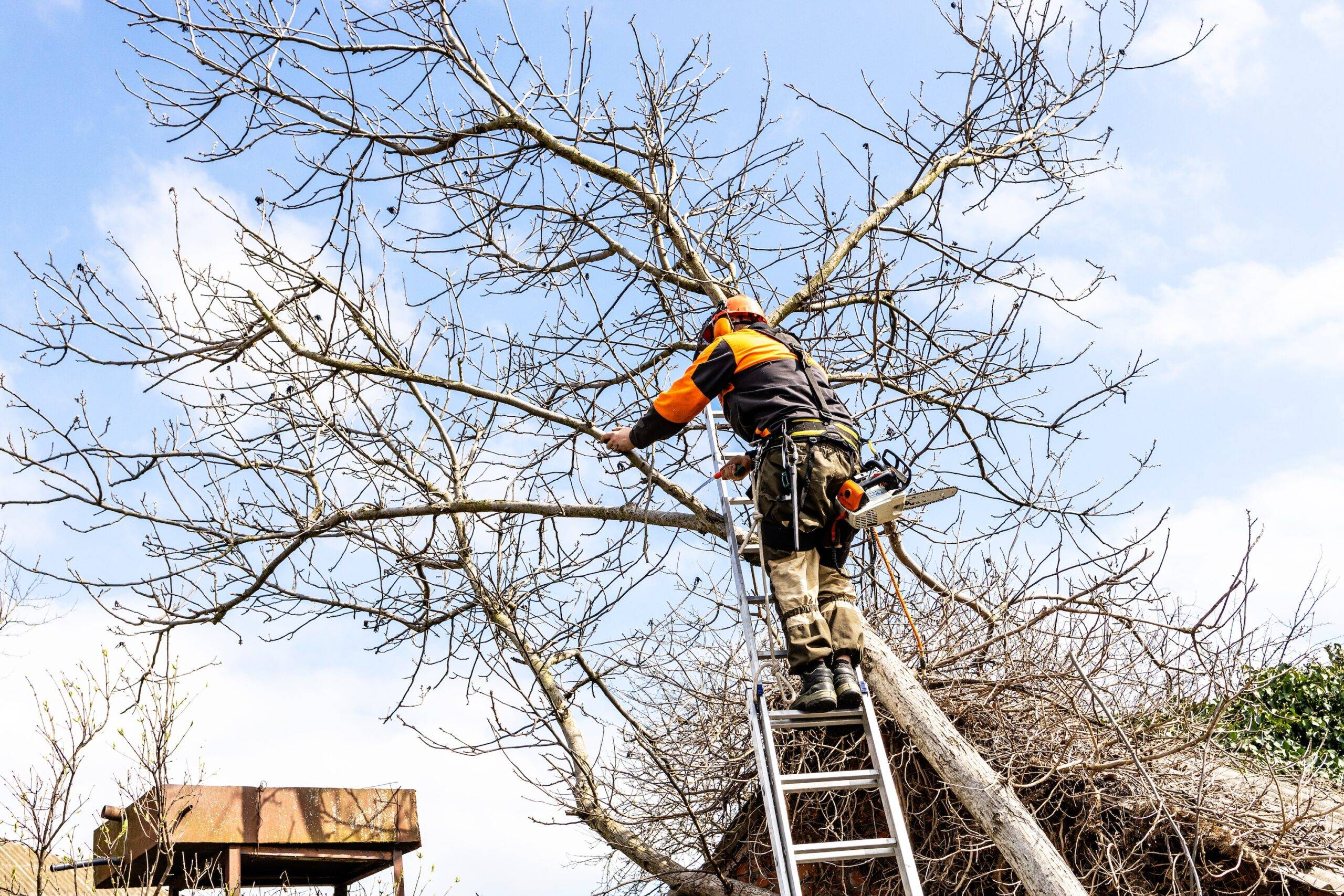
Related Articles:
- What To Do About A Neighbors Tree That’s Growing Onto Your Property
- 3 Fruit Trees You Shouldn’t Grow In Your Yard, And 3 To Try Instead
- Simple Trick to Remove a Stubborn Tree Stump with a Household Staple
Pruning isn’t just a chore to check off your fall to-do list. It’s part of the constant care that you should be doing to help your trees stay strong and beautiful for decades. With the right cuts at the right time, you’re helping your tree grow in the healthiest and best way possible. Whether it’s a backyard maple or a young fruit tree you’ve just planted, regular, thoughtful pruning can make all the difference.

